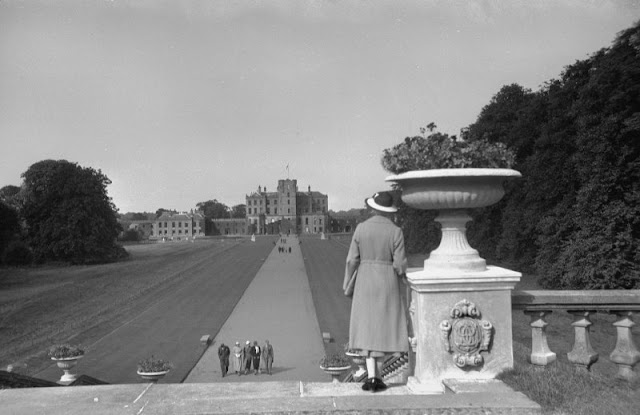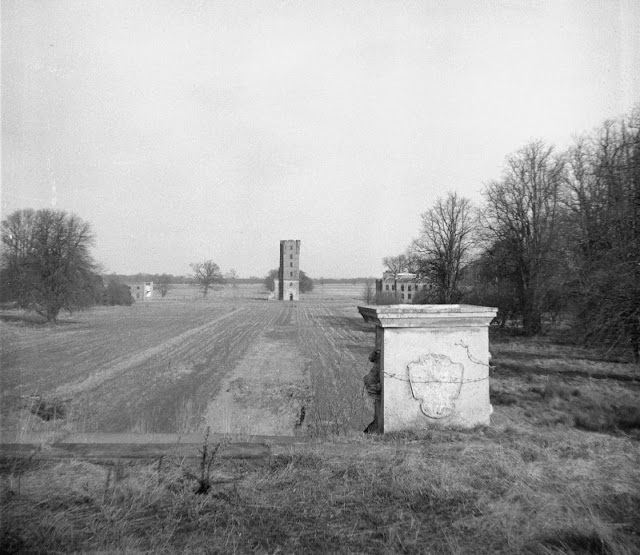| Henry Howard, Harriet Cavendish, 1798 |
Awkward adolescence.
 |
| Henry Howard, Georgiana Dorothy Cavendish, 1798 |
You can almost imagine adult Little G and Harryo cringing every time they passed these portraits; cursing their hair do and choice of headband. While Little G's posture hints at a discomfort in sitting for her portrait, Harryo's somewhat more confident pose is mismatched with her still childish appearance. ...and yeah, um, Hart just looks like any elite little boy-heir of the time in his portrait, so I'm just gonna leave that here as a contrast to his poor sisters. In conclusion, rich eighteenth-century teenagers, they're just like us. That would make the Devonshires similar to our camera-weilding parents and grandparents, snapping photos of their teenagers out of love, blind to any awkwardness. When Howard was commissioned with these portraits, by either the Devonshires, or Lady Spencer, the children had already endured a two-year absence of their mother, after she was exiled to the continent by their father upon discovering her pregnant with Earl Grey's child. It may be safe to say the separation of family members influenced commissioning such portraits.
 |
| Henry Howard, William Cavendish, Marquis of Hartington, 1799 |
If you would like to see these portraits, they are on display in Althorp House, amongst other lovely family pictures of Georgiana and her Spencer siblings as children. However, if you can't make it to the glorious home, Althorp's website now has an amazing virtual tour.







